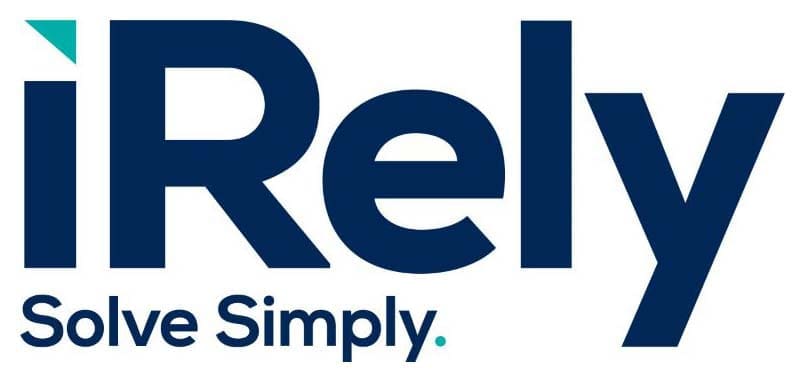On June 29, 2020, 42 percent of the U.S. labor force was working from home full time. This unprecedented shift to home offices has increased interest in SaaS solutions – and left many wondering what SaaS is and whether they need it.
SaaS is “software as a service.” Unlike the traditional software model where you purchase software and install it on your computer (or server), when you purchase a SaaS solution, the software is located on external servers and you access the software through the internet.
Most of us use SaaS solutions every day, watching movies on Netflix, listening to music on Spotify, and buying products on Amazon. SaaS solutions are usually provided on a subscription basis – often with monthly fees – and users log into the system with a username and password. No software is installed on your computers.
The rise of cloud computing
The rise of SaaS was enabled by the proliferation of cloud computing. Cloud computing has its roots in the 1950s, when mainframe computers came into existence, but it didn’t truly gain traction until the 1990s. Once telecommunications providers developed virtual private networks that could deliver shared access to a single physical infrastructure, cloud-based solutions took off. Now, you can access files and applications over the internet quickly and easily, reading email messages, depositing checks, and monitoring the status of your business.
Advantages of SaaS solutions
Software as a service provides a few key benefits to businesses. SaaS implementations can be easier, faster and cheaper. You don’t have to invest in new hardware to accommodate your new software. Implementations can be handled remotely, avoiding disruptions to your business. Because the software does not live on your company’s servers, there is less demand on internal resources to manage the software.
With a SaaS model, you don’t have to worry about software updates. The software provider updates the software on their servers without disrupting your business. With on-premise solutions, software upgrades can be time consuming. The upgrades must be downloaded on every system and sometimes require implementation teams to revisit your offices to ensure upgrades are implemented correctly. It can be expensive, disruptive and time consuming.
SaaS solutions can be accessed anytime, from anywhere, enabling remote access to your entire team 24/7.
Advantages of on-premise solutions
On-premise solutions do serve some businesses better than SaaS applications. Some businesses worry about data security and feel safer with an on-premise model so their data remains inside the four walls of their office. In a cloud-hosted solution, data is stored on external servers and there is some concern that data could be accessed by unauthorized parties.
Access to SaaS software is also limited by the quality of your internet access. If your business loses internet, you cannot access the software. Slow internet connections can also reduce performance, especially if the SaaS software is being accessed from far off distances. You may lose time if there are internet disruptions.
If you are moving large volumes of data in and out of cloud-hosted systems, it can introduce latency challenges. An application that has to move a hundred gigabytes or more of data into or out of the cloud each day may not perform well due to network limitations.
Which option is right for you?
Ultimately, choosing between SaaS and on-premise solutions depends on what you need. Some companies prefer owning the system outright and installing it on premise. They gain peace of mind knowing their data sits securely in their office. Or, they don’t have strong internet service in their region, so they worry about access. Some businesses require employees to do all their work in the office, so having remote access doesn’t help their business.
Other companies want to avoid installing software on premise, so they choose a SaaS implementation. They have a lot of teams accessing the system from different locations or don’t have the space on internal systems to add more software. They may not have the resources to manage an on-premise system.
Neither choice is wrong, it’s just important to know what will work best for you and your team. That’s why iRely offers both, so you get the best solution for your business.
Confused? Contact one of our technical experts to evaluate your options.
